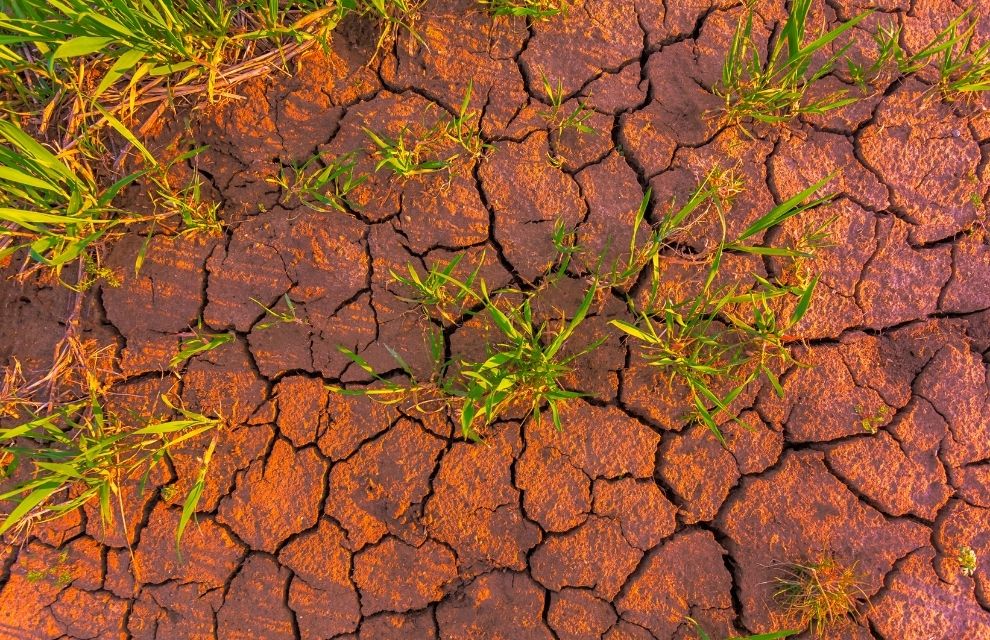Reinsurers may be underestimating their exposure to natural catastrophe risk by as much as 50 per cent, according to S&P Global Ratings.
The rating agency’s new research, ‘Global reinsurers grapple with climate change risks’, follows a year in which the reinsurance industry has experienced the second-largest amount of insured catastrophe losses on record, while secondary perils have contributed a record-high amount to total insured losses.
This was revealed by S&P’s empirical stress scenario, based on 30 years of insured loss experience from catastrophes, which found that reinsurers may underestimate their exposure by between 33 per cent and 50 per cent, which poses significant potential for volatility in earnings and capital.
In the scenario, 70 per cent of events in the last 20 years have been made worse or more likely than climate change.
The empirical scenario suggests a US$150 billion insured industry loss at a one-in-10-year return period. However, based on the exposure from the top 21 global reinsurers, S&P assesses that the reinsurance industry is modelling this size of loss to be much less likely at return periods of between one-in-20 and one-in-30 years; there lies the underestimation.
To offset this additional capital burden, reinsurers may increase premium rates for natural catastrophe business.
In a survey, S&P also finds that reinsurers have increased their efforts to integrate climate change considerations into their decision-making processes, particularly in the areas of risk management, exposure management and pricing.
71 per cent of survey respondents indicated that they consider climate change in their pricing assumptions, but only 35 per cent include a specific component of the price allocated to climate change.
However, the agency notes that this is still new to the industry, and robust implementation is difficult for many firms — it remains to be seen how firms will incorporate predictive modelling into their catastrophe management.




.jpg)

